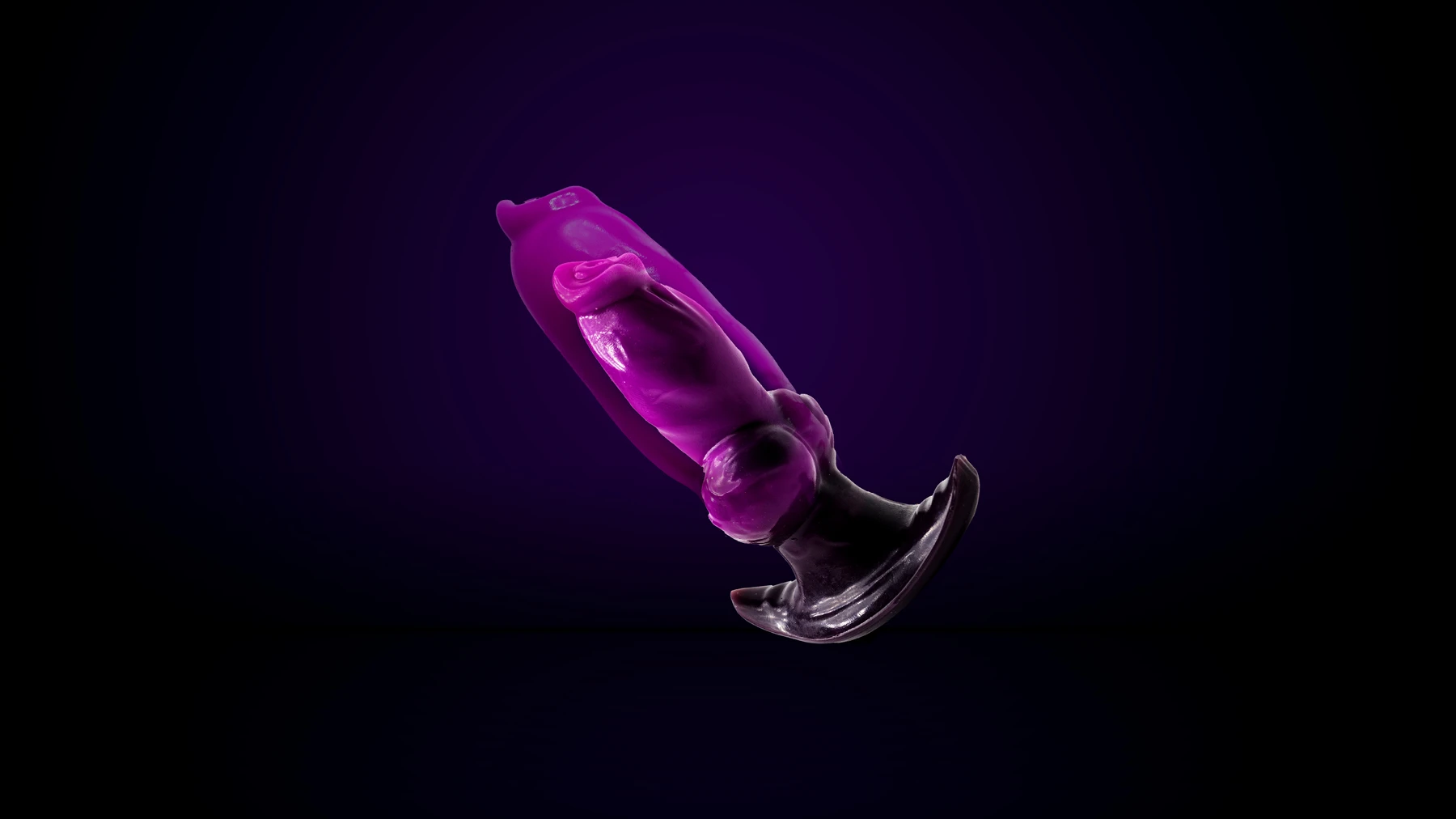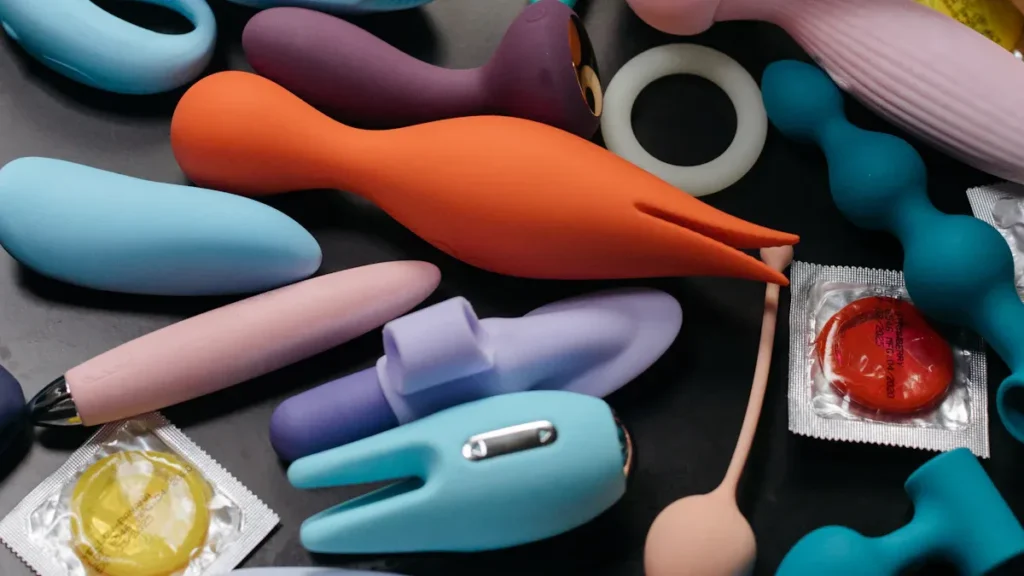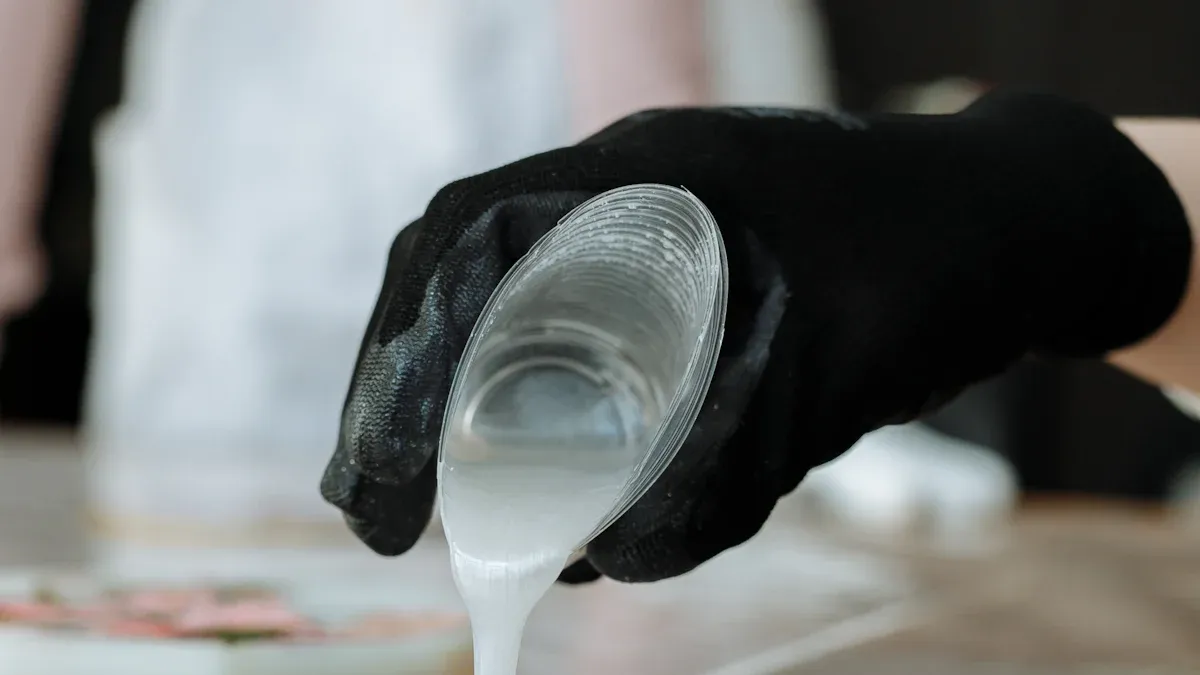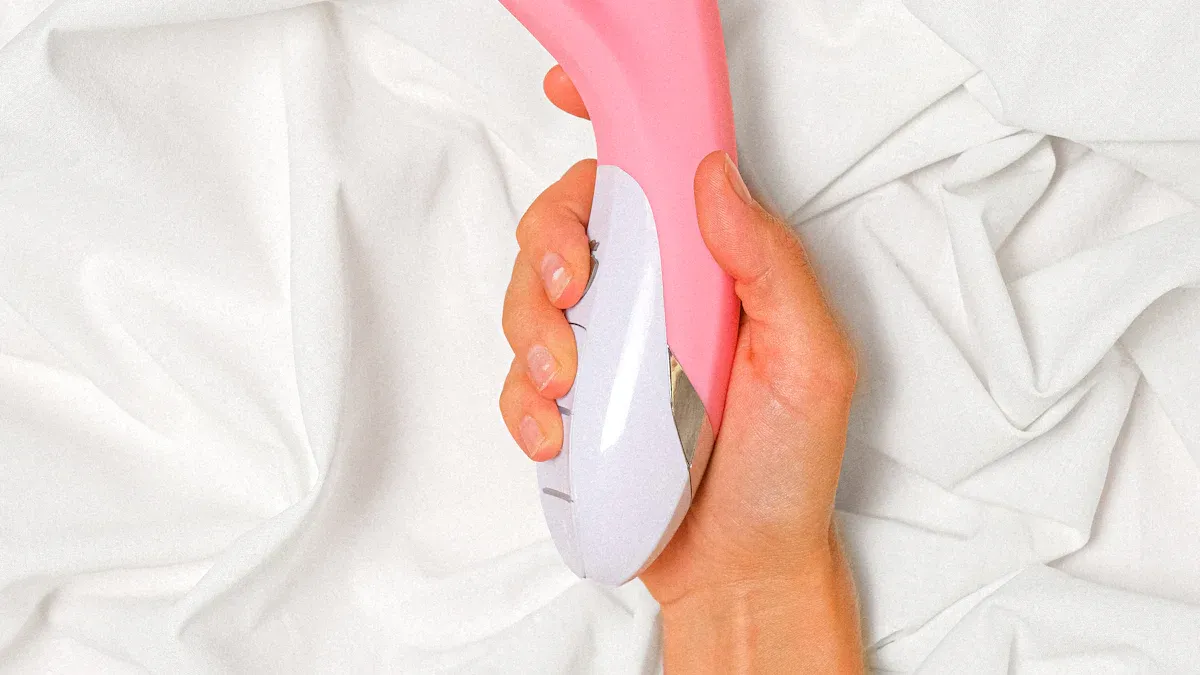What Are Jelly Dildos and How Do You Use Them
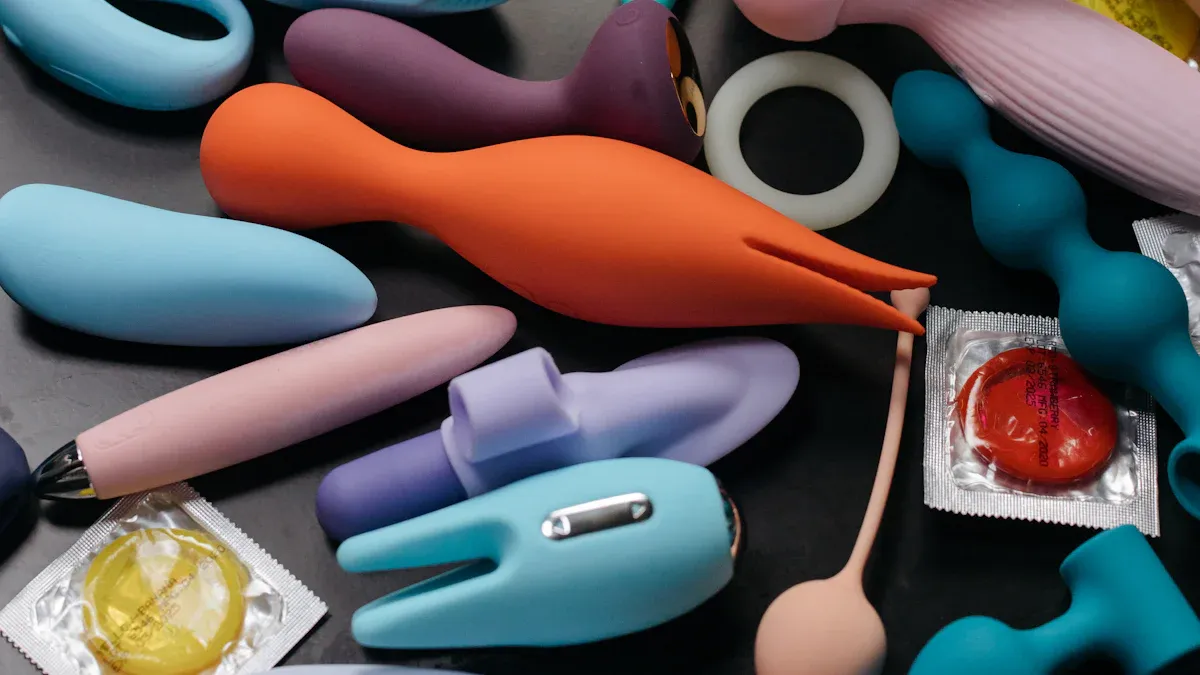
Jelly dildos are soft and bendy sex toys made for penetration and stimulation. Many people pick jelly sex toys because they often look and feel real. They have extra details like veins or curves for more pleasure. Some popular types are G Spot Dildos, Double Sided Dildos, and Electric Dildos. Jelly sex toys are liked by many people. More than half of straight women and almost half of straight men in the U.S. have used vibrators or similar things. But safety is still very important. Jelly dildos can have chemicals like phthalates. Not cleaning them right can cause irritation or infection.
Jelly Dildos Overview
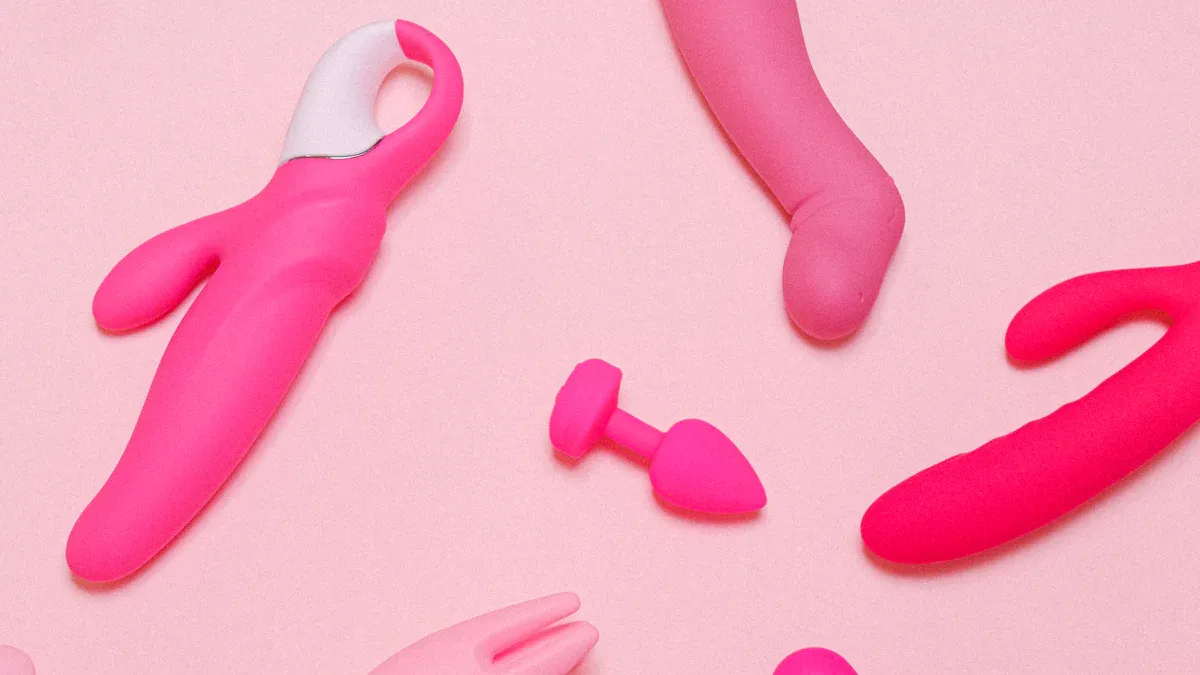
What Are Jelly Dildos
Jelly dildos are soft and bendy toys. They are made from jelly rubber or similar stuff. These toys often look like real body parts. They feel smooth and flexible when you touch them. Makers use things like PVC and jelly rubber to make them bend. Some jelly dildos have veins, curves, or suction cups for more fun. The world market tracks jelly rubber toys as their own group. This means lots of people know about and buy them.
Market studies show more people want jelly dildos now. People have more money to spend and shop online more. More people also learn about sexual pleasure. Sales went up during lockdowns. Many companies now try to make new and better designs.
Common Uses
People use jelly sex toys for many reasons. These toys can give pleasure inside or outside the body. Some people use jelly dildos alone. Others use them with a partner. Jelly sex toys come in many shapes and sizes. This helps people pick what feels best for them.
Some jelly dildos have two motors for more pleasure.
Some are safe to use in water, like in the bath.
Quiet vibrations let people enjoy without others knowing.
Use Case | Description |
|---|---|
Vaginal Stimulation | Many people use jelly dildos for vaginal penetration and G-spot stimulation. |
Anal Play | Some jelly sex toys are designed for anal use, but they must have a wide base for safety. |
Couple Play | Partners may use jelly dildos together to explore new sensations. |
Solo Exploration | Individuals often use these toys for self-pleasure and to learn about their bodies. |
Doctors and counselors say over half of women and almost half of men have tried vibrators or similar toys. They also say jelly sex toys are porous. This makes them hard to clean and can let germs grow. Using a condom with these toys can help keep you safe.
Features and Appeal
Jelly sex toys are soft and feel real. They bend and move easily. Many people like the details, like veins or curves. These can make using the toy more fun. Some toys have extra things, like vibration, suction cups, or USB charging.
Jelly dildos can bend and move with your body.
Many people say they like the different shapes and feelings.
Some toys come in bright colors or have nice smells.
Many people want toys made from safer stuff, like medical-grade silicone or glass. But jelly sex toys are cheap and soft, so people still buy them. Eco-friendly and vegan brands are also popular with people who care about the planet. Experts warn that jelly sex toys can have chemicals like phthalates. These can be bad for your health. Some toys change color or smell over time, which can make them not last as long.
Jelly dildos are still a big part of the sex toy world. Their special features and low price make them popular. But people should always think about safety and clean them well.
Jelly Material
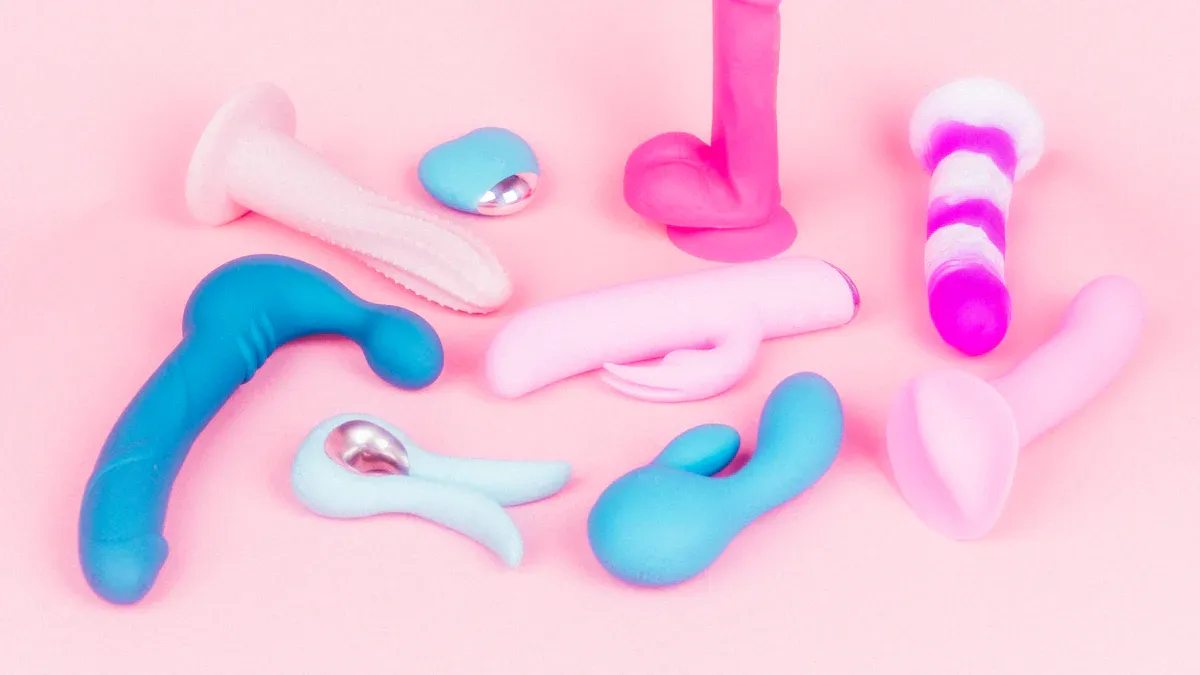
What Is Jelly Made Of
Jelly sex toys are made from PVC and rubber mixed together. Makers add phthalates to make them soft and bendy. Most companies do not tell you the exact mix. This makes it hard to know what is inside. Jelly sex toys do not get strict safety checks like silicone or glass toys. Many jelly sex toys are porous, so they can hold germs and are tough to clean. Some new toys use phthalate-free PVC, but they are still porous and not great for inside the body. Safety experts say to pick toys with clear labels and skip ones with unknown stuff.
Note: Some stores do not sell jelly sex toys because of safety worries.
Flexibility and Texture
Jelly sex toys feel soft and can bend easily. The material lets them move with your body. Tests like GenFlex and Shore hardness check how much they bend and how soft they are. Other tests see how the toy bounces back after being pressed. These tests show jelly sex toys can move a lot without breaking. Many people like that these toys feel squishy and real. The soft texture can make them nicer to use than hard toys.
Realistic Details and Extras
Jelly sex toys often look and feel like real body parts. Makers add veins, curves, and other details to make them look real. Some toys have suction cups for hands-free fun or vibration for more pleasure. Many come in different sizes, shapes, and colors. Some even use 3D printing for special designs. The table below lists common features in jelly sex toys:
Feature | Description |
|---|---|
Realistic Design | Detailed veins, curves, and shapes for a lifelike look and feel |
Suction Base | Allows for hands-free use on smooth surfaces |
Vibration | Built-in motors for extra stimulation |
Waterproof | Safe to use in the bath or shower |
Custom Options | Different sizes, colors, and even custom shapes |
Jelly sex toys are known for being soft and having real-looking extras. But because they are porous and have unclear ingredients, users should be careful when picking and cleaning these toys.
Jelly Sex Toy Safety
Porousness and Cleaning
Jelly sex toys have tiny holes on their surface. These holes can trap germs like bacteria and viruses. Washing with soap and water helps, but it does not kill all germs. Some bacteria can hide deep inside the toy. This makes it hard to get them totally clean. Sex educators like Searah Deysach say to wash toys before and after each use. This helps lower the chance of getting an infection.
Jelly rubber, elastomer, and latex are porous and cannot be fully cleaned.
Jelly sex toys can keep germs even after washing.
Using a condom on these toys helps stop infection, especially if sharing or using for anal play.
Not cleaning or storing toys right can cause infections, like STIs or stomach bugs.
Toys made from silicone or glass are nonporous and can be boiled or put in the dishwasher.
People should get new jelly sex toys every 10 to 12 months. They should also check for damage or bad smells. Labels like “phthalate-free” and “body-safe” help people pick safer toys. Nonporous toys are easier to clean and safer for long-term use.
Tip: Always use a condom with jelly sex toys to help stop infection. Clean toys before and after each use to stay healthy.
Chemical Risks
Many jelly sex toys are made with PVC and phthalates. Phthalates make toys soft and bendy, but they can be harmful. Some jelly sex toys have a lot of phthalates, up to 24% of their weight. Animal studies link phthalates to cancer and problems with having babies. Human studies show phthalates can hurt sperm and cause other health problems.
Heat, movement, and time can make phthalates leak out of jelly sex toys.
Phthalates can mix with body fluids or oils, making it easier to get exposed.
Some toys leak oil or smell bad, which means the chemicals are breaking down.
Tests found phthalates like DEHP, DnOP, BBP, and DBP in many jelly sex toys.
These amounts are often higher than what is allowed in kids’ toys in the US and Europe.
Sex toys do not have strict rules like kids’ toys, so many still have lots of phthalates.
Some toys say “phthalate-free” but still have these chemicals, which can trick buyers.
When jelly sex toys break down, they can also release tiny plastics, which adds more risk.
Picking toys that are body-safe, non-toxic, and phthalate-free helps lower these risks. Silicone, glass, and stainless steel toys are safer and do not leak harmful chemicals.
Signs of Irritation
Jelly sex toys can bother some people’s skin. The porous material can hold germs and things that irritate the skin. Phthalates, which are not allowed in kids’ toys in many places, can also cause itching or burning. Many people say they feel itchy or sore after using cheap jelly sex toys.
A study found that some jelly sex toys can hurt cells and cause swelling or rashes. The study showed these toys can make cells less healthy and cause irritation, especially if used a lot. There are not many rules for testing sex toys, so the risk of irritation is higher.
If someone feels itchy, burns, or hurts after using a jelly sex toy, they should stop using it right away. Washing the area with water can help. If the problem does not go away, they should see a doctor. People should always notice if their body feels different after using any sex toy.
Note: Always pick body-safe toys and watch for signs of irritation. Get new jelly sex toys often and do not use them if they look or smell bad.
Safe Use Tips
Cleaning and Storage
People who use jelly sex toys need to follow careful cleaning steps. These toys are porous, so they can trap bacteria and germs. Cleaning only removes surface bacteria, not what hides inside. Here are some tips for safe use of jelly sex toys:
Inspect the toy before each use. Look for cracks, stains, or damage. Throw it away if you see any problems.
Wash the toy with mild, fragrance-free soap and warm water before and after every use. Do not use harsh chemicals, as they can damage the material.
Avoid hot water, which can make jelly sex toys break down faster.
Store each toy in a separate bag, like plastic or undyed cotton, to stop dye transfer and contamination.
Remove batteries from vibrators before storing to prevent leaks or accidental turning on.
Use soft bags, such as satin or organza, to keep dust and dirt away.
Some people use UV-C light systems to clean jelly sex toys. Scientists found that UV-C light kills 99.9% of bacteria, even in small crevices. This method works better than sprays or foams and helps keep toys safe for longer.
Tip: Always clean jelly sex toys between uses and partners to lower the risk of infection.
Using Condoms
Jelly sex toys can contain chemicals like phthalates and are hard to clean fully. Experts say using condoms on these toys is one of the best tips for safe use of jelly sex toys. Condoms act as a barrier, keeping harmful substances away from the body and lowering infection risks. People should change condoms between partners or when switching from anal to vaginal use. This practice helps keep jelly sex toys cleaner and safer for everyone.
Jelly sex toys are porous and can hold bacteria.
Condoms help reduce the risk of infection.
Always use a new condom with each partner.
When to Replace
Jelly sex toys do not last as long as body-safe options. Users should check their toys often for signs of wear, like cracks, tears, or changes in smell. If a toy looks damaged or feels sticky, it is time to replace it. Most experts suggest getting a new jelly sex toy every few months or at the first sign of trouble. This is one of the most important tips for safe use of jelly sex toys. Choosing body-safe materials like silicone or glass can help toys last longer and keep users healthier.
Body-Safe Alternatives
Silicone and Glass
Lots of people use silicone or glass toys instead of jelly sex toys. Silicone toys are made with medical-grade silicone. This material is non-porous, so germs and water cannot get inside. That makes them much easier to clean than jelly sex toys. Glass toys are usually made from borosilicate glass. They are also non-porous and very strong. You can wash both silicone and glass toys with soap and water. Some people boil them to make sure they are super clean. Silicone and glass toys do not have bad chemicals like phthalates. These materials do not get sticky or break down as time goes by.
Material | Porous? | Easy to Clean? | Contains Phthalates? | Durability |
|---|---|---|---|---|
Jelly | Yes | No | Often | Low |
Silicone | No | Yes | No | High |
Glass | No | Yes | No | High |
Silicone toys feel soft and get warm with your body. Glass toys can be heated or cooled for new feelings. Both types last longer than jelly sex toys. They keep their shape and color for a long time.
Why Choose Body-Safe Materials
People want to stay safe and healthy, so they pick body-safe toys. Jelly sex toys are porous and can trap germs. This makes it easier to get an infection. They also have chemicals that can hurt your body. Body-safe toys made from silicone, glass, or stainless steel do not let germs in. They do not leak chemicals. These toys are hypoallergenic and good for people with sensitive skin.
Medical-grade silicone has no smell, is safe, and lasts a long time.
Glass and stainless steel are strong, non-porous, and work with any lube.
Many body-safe toys meet FDA or CE safety rules.
Note: There are not many rules for sex toys, so people should buy from brands they trust that use body-safe materials.
Studies show jelly sex toys are harder to clean and can cause health problems. Body-safe toys last longer and are easier to care for. They help protect people from infections and chemical risks. Picking these toys helps people feel safe and have a better time.
Jelly sex toys feel soft and can bend easily. Many people like how real they look and the different styles. But jelly sex toys can keep germs and might have chemicals that bother your skin. It is important to wash jelly sex toys well and use condoms to stay safe. Experts say it is better to pick body-safe toys if you can. Being careful with jelly sex toys keeps you healthy and makes things more fun.

